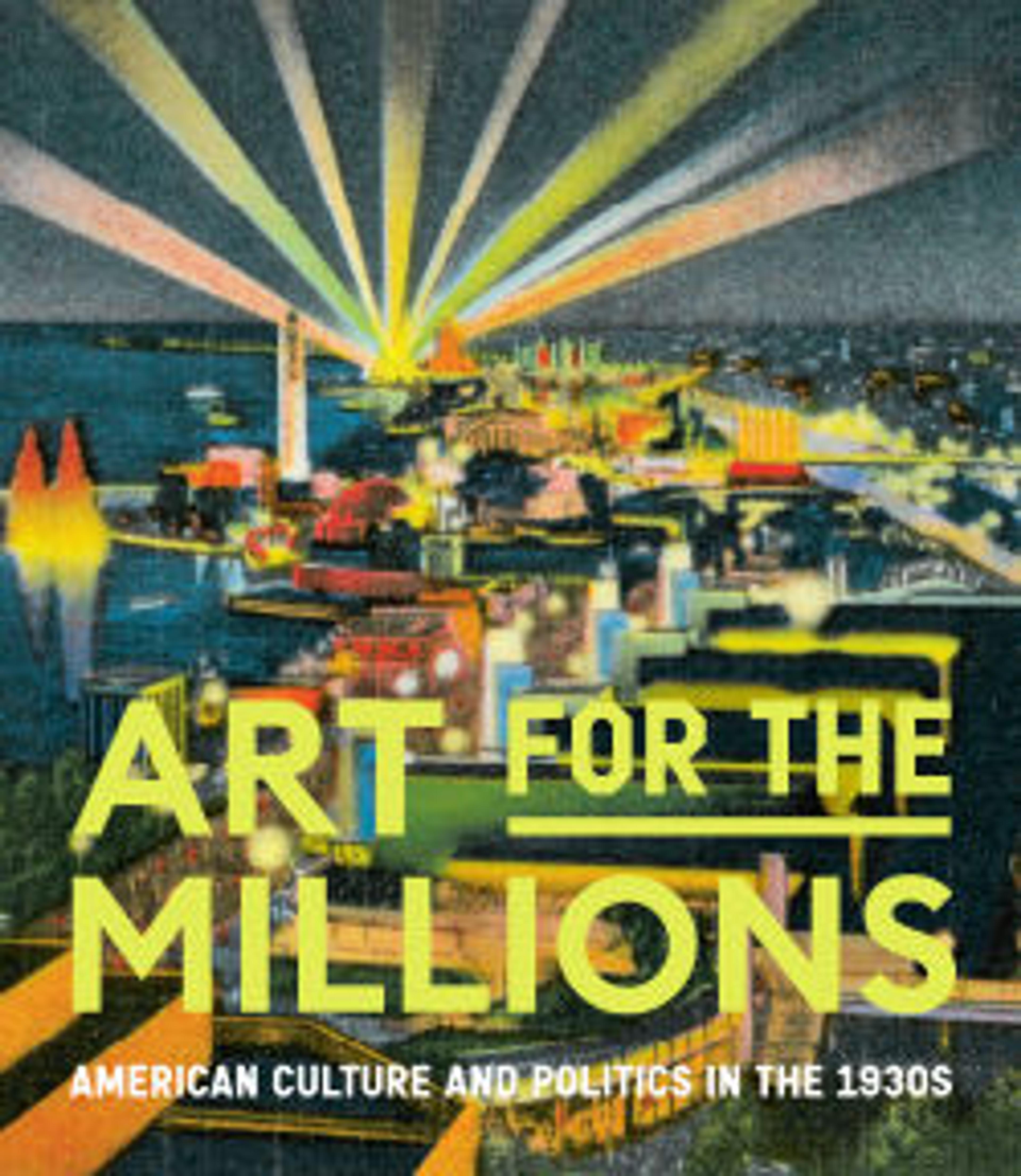"Patriot"
As one of America's most prolific and influential industrial designers, Norman Bel Geddes helped create the Streamlined style that defined American design throughout the 1930s and early 40s. In addition to cars, trains, and other industrial designs, Bel Geddes—who had substantial experience as a theatrical designer—created a number of memorable exhibitions for world's fairs, including the 1934 Century of Progress exhibition in Chicago and the New York World's Fair of 1939. Through these large exhibitions, Bel Geddes sought to promote both American technology and culture, thereby helping to bolster national pride during the difficult years of the Great Depression. His "Patriot" radio design of 1939 likewise features technology, in this case a radio encased within the unabashedly patriotic stars-and-stripes motif of its case, to create an optimistic and useful emblem of American technology, industry, and identity.
Artwork Details
- Title: "Patriot"
- Designer: Norman Bel Geddes (American, Adrian, Michigan 1893–1958 New York)
- Manufacturer: Emerson Radio and Phonograph Corp., New York
- Date: ca. 1940
- Medium: Green plastic: Catalin (phenol formaldehyde)Red and white plastics: cellulose acetateClear plastic: vinylchloride polymer
- Dimensions: 8 × 11 × 6 in., 6.5 lb. (20.3 × 27.9 × 15.2 cm, 2.9 kg)
- Classification: Machines & Appliances
- Credit Line: John C. Waddell Collection, Gift of John C. Waddell, 2001
- Object Number: 2001.722.11
- Curatorial Department: Modern and Contemporary Art
More Artwork
Research Resources
The Met provides unparalleled resources for research and welcomes an international community of students and scholars. The Met's Open Access API is where creators and researchers can connect to the The Met collection. Open Access data and public domain images are available for unrestricted commercial and noncommercial use without permission or fee.
To request images under copyright and other restrictions, please use this Image Request form.
Feedback
We continue to research and examine historical and cultural context for objects in The Met collection. If you have comments or questions about this object record, please contact us using the form below. The Museum looks forward to receiving your comments.
